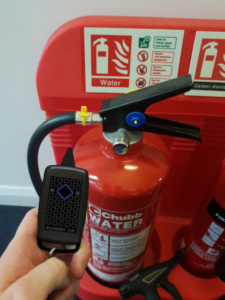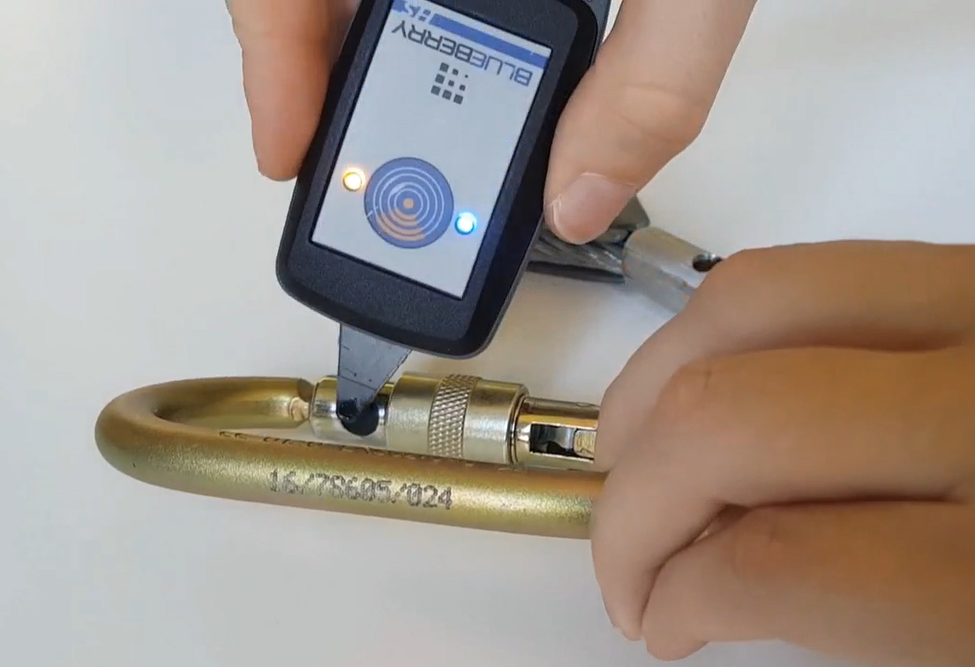Before to analyze the use of RFID for inspections, we must ask ourselves:
What is an inspection?
Well! An inspection is an examination of a product, service, process, plant which determines its compliance, at a given time, with specific requirements dictated by voluntary or mandatory standards.
The monitoring of compliance is conducted according to the parameters of quantity, quality, safety, and suitability for the purpose.
The inspection activity concerns a variety of product sectors, from construction to agri-food. The producer, the customer, the user, or other parts, including the Authorities, can take the initiative to perform inspections.
After understanding what is meant by inspection, we can ask a further question:
How can RFID technology help with inspection operations?
Briefly said, RFID technology simplifies and speed-up procedures, time, and maintenance, by tracing the history of the inspected asset and by guaranting the required standards.
Application of RFID for inspections:
Inspection of fire extinguishers
An ap plication is the control of the extinguishers. These devices are subject, by law, to periodic inspection, and each time this occurs, a guarantee seal, easily broken, is affixed to the control levers.
plication is the control of the extinguishers. These devices are subject, by law, to periodic inspection, and each time this occurs, a guarantee seal, easily broken, is affixed to the control levers.
Particularly, to the guarantee seal, an RFID tag, containing information such as the day of the intervention and who carried out the inspection, is fixed. The transponder allows you to track and speed up maintenance activities and reduce human error to zero.
This as a consequence of the fact that data are automatically collected by the portable reader and validated without the possibility of error or fraud by the unique tag code number.
Lifting accessories
 When handling loads with equipment, lifting operations must carry out correctly, but also careful checks and inspections of the lifting accessories are required to protect the safety of workers. Inspection, if performed manually, take a long time and are often not timely regarding the real risk.
When handling loads with equipment, lifting operations must carry out correctly, but also careful checks and inspections of the lifting accessories are required to protect the safety of workers. Inspection, if performed manually, take a long time and are often not timely regarding the real risk.
In this application, RFID technology allows overcoming manual methods, making control operations a quick and easy process.
Specifically, by affixing the tag that contains a unique identification number on the lifting component, it facilitates the identification and registration without incurring possible manipulations and minimizing human error.
To conclude, let’s see what are the main benefits of adopting RFID during examinations
The main advantages of implementing RFID for inspections:
- Standardization and accessibility of data collected;
- Presence of a system that certifies the effective control of the operator over the inspected asset;
- Fast and safe data collection;
- Elimination of paper and related filing;
- Automatic download of data collected;
- Absence of errors in the reports;
- Reduction of working time thanks to the reduction of manual work;
- Easy sharing of updated data.
If you want to know more about RFID and its uses contact us to ⇨ info@tertiumtechnology.it

